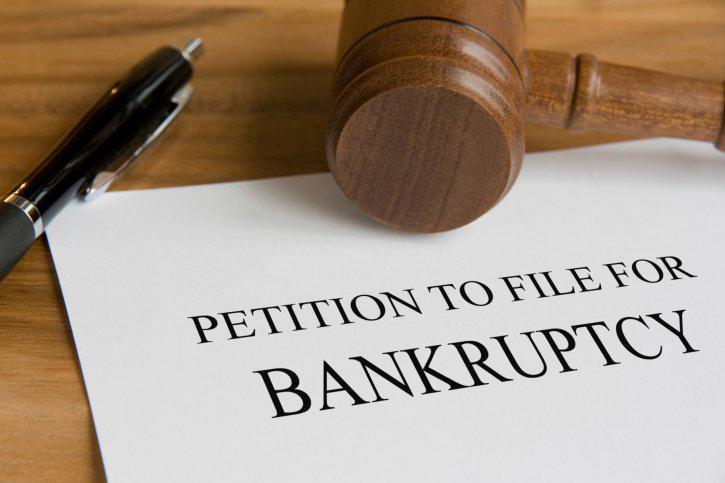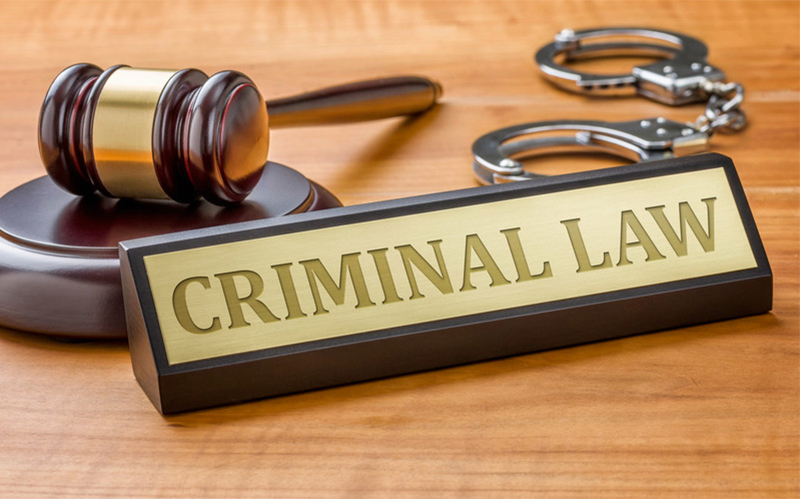
How to Qualify to File Bankruptcy in Texas
May 4, 2023If you have higher income than the standard limit, you may be able to qualify to file bankruptcy if you have a certain amount of unsecured debt. In order to qualify, you must first figure out how much you can afford each month. These expenses vary by state and location, but they may include taxes, health insurance, and child care. Other costs to consider include contributions to charities and education expenses. Additionally, you may be able to include caregiving costs for elderly or disabled family members.
Chapter 7 bankruptcy allows you to get rid of all of your unsecured debts
If you have a lot of unsecured debts and can no longer make the monthly payments, you can file for Chapter 7 bankruptcy. In Texas, Chapter 7 bankruptcy allows people to keep their property. You can use all of the exemptions available to you, including any equity that you may have in your property. However, you will still have to make payments on the property if you have a lien attached to it. In this case, you will need the help of an experienced bankruptcy attorney to file the paperwork for you. This method of filing for bankruptcy can also protect you from wage garnishment and foreclosure, and it also allows you to repair your credit faster.
Chapter 7 bankruptcy will also wipe out any secured debts. This is a great option for those with high-interest loans. If you owe a lot of money on your car or your home, you may find it difficult to make the payments. In this situation, a bankruptcy filing may be the best way to get rid of your debts. However, there are certain conditions that must be met in order to avoid losing your property.
Chapter 13 bankruptcy allows you to pay off a portion of your unsecured debt
In a Chapter 13 bankruptcy, you can pay off a portion of your unsecured loans and still keep your home. This plan reorganizes your debt and sets up a payment plan over three to five years. The court will appoint a trustee to oversee your repayment plan.
When filing for Chapter 13 bankruptcy, you will need to estimate your disposable income. The amount you have available to pay each month will determine the percentage of unsecured debt you can pay. You will need to deduct certain expenses from your income and also subtract any payments that you have made on secured debts, such as your mortgage. The total number is then multiplied by 60 to calculate how much you can pay to unsecured creditors.
In a Chapter 13 bankruptcy, you will be required to pay back a portion of your unsecured debt in the form of regular payments for three to five years. Once your repayment plan is complete, the remaining portion of your debt will be discharged. You may be able to pay off some of your debt early, but you will need to ask the court for permission.
Credit counseling is required to file for Chapter 13 bankruptcy
When you file for Chapter 13 bankruptcy, you will need to take credit counseling. This will help you assess whether bankruptcy is necessary and what alternatives are available. The counseling will also help you create a repayment plan informally. You will need to go to a nonprofit agency that is approved by the U.S. Trustee program in order to qualify for credit counseling services. After you complete credit counseling, you can present a certificate to your bankruptcy trustee.
The Office of the U.S. Trustee requires all potential filers to complete credit counseling at least 180 days before they file for bankruptcy. You can find a list of approved credit counseling agencies on the Office of the U.S. Trustee’s website. In addition to credit counseling, debtor education is required before you file for bankruptcy. This is designed to help you evaluate your repayment options and make the best decision regarding your finances.
The purpose of Chapter 13 bankruptcy is to encourage consumers to repay their debts. If you have a steady income, you can secure a repayment plan that will last between three and five years. This plan must be approved by the U.S. Trustees and requires you to take pre-filing credit counseling and pre-discharge debtor education.
Income look-back period
If you plan to file for bankruptcy, you should be aware of the Income look-back period. This period is designed to look back at certain transactions to determine whether you have violated bankruptcy rules. For example, a pension company may look back at your income for the past three or five years. Then, they can determine how much you will be entitled to as a pensioner upon retirement.
In order to calculate your CMI, add up all of your income over a six-month look-back period. Then, divide this figure by six to get your average monthly income. If you paid more than $600 to a single creditor within the 90-day look-back period, your creditor must return the funds. This time frame increases to one year if you owe money to business partners or close friends. If you owe money to these people, you may qualify to file for bankruptcy.
There are several factors that should be considered when filing for bankruptcy. First, your income must be steady. If you have irregular income, the courts may conclude that you are not capable of repaying the debts. For instance, you may have received commissions for services rendered in December but no money during the six-month look-back period. This could be a sign of fraudulent activity. It is also a sign of abuse of the bankruptcy system.


